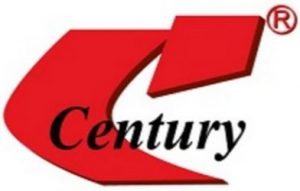AsemconnectVietnam – US capital continues flowing into Vietnam in anticipation of the opportunities to be brought by TPP (Trans Pacific Partnership) and other free trade agreements (FTAs).
Just after six months after opening, a bonded warehouse in Long Binh Industrial Zone in Dong Nai province is at full capacity. It supplies dyes and chemicals, and is run by Huntsman Textile Effects.
Huntsman Textile Effects’s president Paul G. Hulme said the company set up a bonded warehouse there so as to be able to provide dyes and chemicals more rapidly.
The company may consider expanding investment in the future, depending on demand in the country.
He is optimistic about business performance in Vietnam, as the demand for products is expected to increase when TPP takes effect and more capital will be poured into textile projects.
Vietstock quoted a report by Savills released in late September 2015 as saying that foreign direct investment (FDI) in Vietnam in the first half of 2015 accounted for 76 percent of the total FDI capital committed.
According to the Vietnam Textile and Apparel Association (Vitas), FDI capital in the textile & garment sector had reached $2 billion by the end of 2015, a record high.
Meanwhile, Amcham predicted that Vietnam’s total export turnover to the US may reach $51.4 billion by 2020, including $15.2 billion worth of textile and garment exports.
It believes that the textile and garment exports to the market would be as high as $20 billion by 2025.
US investors, who understand the great opportunities Vietnam’s textile & garment industry can grab when TPP takes effect, have flocked to Vietnam to set up factories.
Avery Dennison RBIS, belonging to Avery Dennison Group, inaugurated a $30 million factory in Long Hai Industrial Zone in Hau Giang province in January.
It is expected that Avery Dennison RBIS will make labels for strong brands like Uniqlo, North Face, Nike and Adidas. The new factory in Long An province will allow the company to increase its production capacity and better satisfy customer demand.
A representative of the company said TPP would lure more textile and garment manufacturers to Vietnam, and the more they come, the better the company’s business would be.
In July 2015, Avery Dennison RBIS opened a product distribution centre in Binh Tan district in HCM City.
Nguyen Son, chair of the Vietnam Cotton and Spinning Association (Vcosa), believes that the demand for accessories, dyes and chemicals would increase in the future, when more textile and garment factories are set up in Vietnam.
Vietnam now imports billions of dollar worth of products to serve the industry.
AsemConnect
13/02/2016
Quote from: “http://asemconnectvietnam.gov.vn/default.aspx?ZID1=4&ID8=47169&ID1=2“






